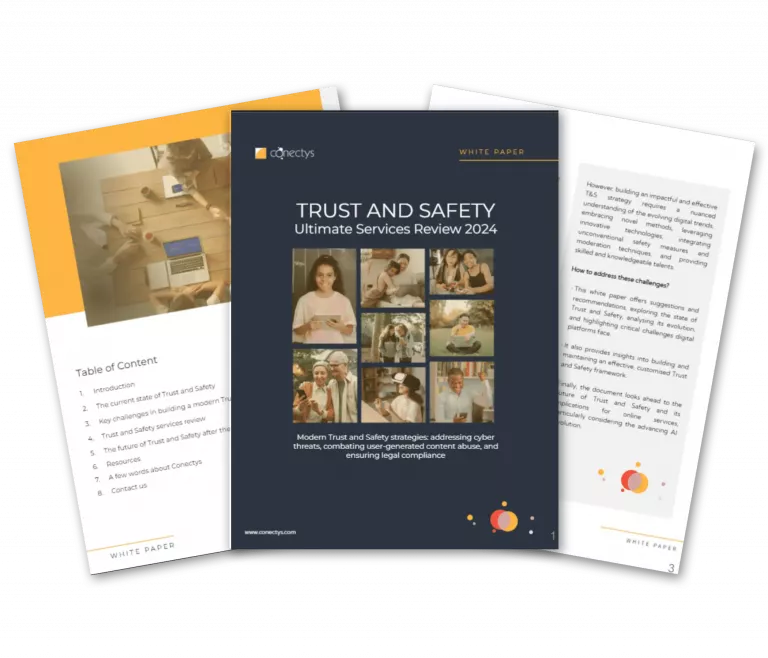What are contact centre metrics?
Contact centre metrics are numerical measurements companies use to evaluate the performance and efficiency of customer support operations and overall experiences with the brand. By assessing specific aspects of assistance and gathering buyer feedback, organisations can identify strengths and weaknesses, enabling them to adapt strategies for improved productivity and addressing pain points.
What is the difference between call and contact centre metrics?
Although call and contact centre metrics serve the same purpose, these parameters differ in the range of processes and communication channels they encompass for evaluation. Call centre metrics refer to the performance of customer service delivery through phone calls, while contact centre metrics go beyond, covering additional communication channels like chat, e-mail, social media apps, and more.
How is contact centre efficiency measured?
This process entails using different customer data sources, conducting deep analysis, and continuously monitoring goal achievement. While contact centre metrics provide the framework and data necessary for evaluation, measuring progress towards desired outcomes is done through relevant key performance indicators (KPIs) aligned with the objectives.
Top contact centre metrics
Five fundamental metrics are helping in the contact centre performance evaluation, which is the must-have option for each agile and success-driven organisation:
- Customer Satisfaction Score (CSAT): It helps measure customer satisfaction with services received, leading to resource optimisation, process enhancement and higher retention.
- First-Level Resolution (FLR): It enables evaluation of how effectively the contact centre can resolve customer issues on the first contact, ultimately increasing efficiency and fostering caller loyalty.
- Average Handle Time (AHT): It allows for tracking agents’ average time on each customer interaction, leading to better operational efficiency and customer wait times management.
- Average Call Abandonment Rate (ACAR): It supports the measurement of the percentage of callers who hang up before speaking to an agent, helping identify areas for improvement and retention strategies
- Service Level (SL): It is designed to assess the performance of the contact centre’s service delivery through various channels, helping identify weaknesses and uncover potential fields for enhancement to provide outstanding consumer experience through relevant standards.
Contact centre metrics by areas of measurement
There are a few areas crucial for evaluating and improving various aspects of customer support and operational efficiency within a contact centre, covering the groups of metrics:
- Satisfaction Metrics: They allow companies to determine customer satisfaction levels regarding services provided and experienced interactions based on collected feedback. The most popular satisfaction metrics are – mentioned above – Customer Satisfaction Score (CSAT), Customer Effort Score (CES) or Net Promoter Score (NPS).
- Engagement Metrics: They enable deep analysis of customer loyalty and commitment through metrics like Customer Retention Rate (CRR), Repeat Purchase Rate (RPR), Customer Lifetime Value (CLV), Average Order Value (AOV), Average Time Spent (ATS), Churn or Attrition Rate.
- Operational Metrics: They help measure CX operational efficiency, encompassing, for instance, previously indicated First-Level Resolution (FLR), Average Handle Time (AHT) and Abandoned Call Rate (ACR), Calls Handled, as well as Average Speed of Answering (ASA), Contact Volume, or Response Time.
- Agent Productivity Metrics: They provide information on how effectively agents are handling customer inquiries and tasks, embracing metrics such as Employee Engagement and Satisfaction Levels (ENPS) or Team Performance (XLA).
- Quality Assurance Metrics: They are essential for customer interaction quality assessment, helping to ensure agents are following established standards and guidelines. These include, for instance, Call Scoring or Script Adherence.
How to improve contact centre metrics
Improving contact centre metrics involves a combination of strategies, including process optimisation, resource allocation, skills development or technology enhancement. The insights needed to determine the areas of improvement often come from ongoing monitoring and analysis of KPIs related to specific metrics. This, in turn, allows organisations to make well-informed decisions and implement effective changes to enhance their contact centre performance.


